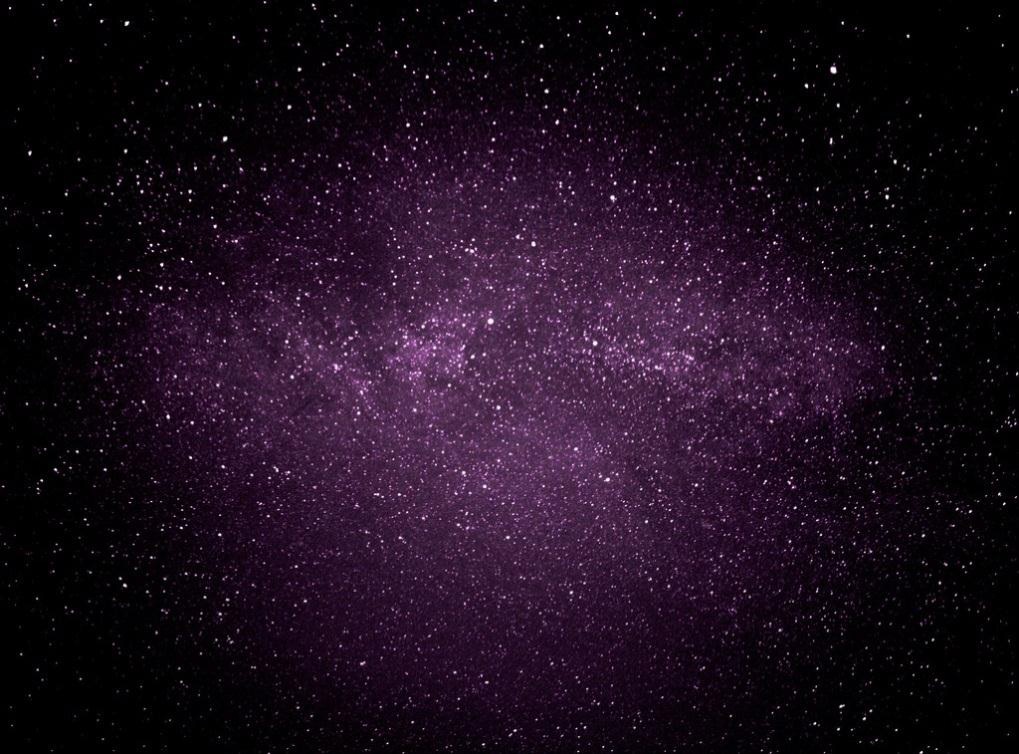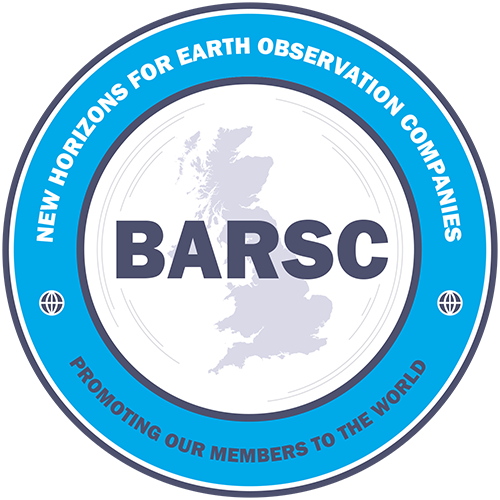Gaia lead investigator, string theory pioneer and Astronomer Royal headline talks on space

Our Copernican demotion may have further to go, according to Lord Rees, Astronomer Royal.
From the structure and history of our Galaxy and how it evolved to the existence of other universes, space-themed talks, showcasing the latest in astrophysics, feature heavily during the Cambridge Science Festival 2014.
The Gaia satellite was launched in December 2013 to determine the structure and history of our Galaxy. The Square Kilometer Array is being built to unravel the role of dark energy and dark matter. Telescopes like these produce unprecedented amounts of data requiring a new supercomputer, the Wilkes, to process them. How do these developments compare to Newton’s discoveries and inventions? On Monday 10 March, Dr Patrica Fara, Dr Rosie Bolton and Professor Gerry Gilmore will be discussing this question and more during the event, What’s new in space? which is organised by Science AAAS.
Professor Gilmore, the UK Gaia satellite principal investigator who recently became a Royal Society Fellow, said:
“Gaia, Europe’s newest big astrophysics mission, with its goal to provide the first 3D census of the Milky Way, is now in orbit being tested out. Gaia’s billion-pixel camera is already in operation. The first images illustrate the challenges and opportunities, technologically and intellectually, to extend our understanding of our Galaxy.”
Dr Bolton, an astrophysicist from the Cambridge Cavendish Laboratory who works on designing the world’s largest radio telescope, the Square Kilometre Array, commented: “If Gaia is the ‘Billion stars’ machine, the Square Kilometre Array (SKA) is the ‘Billion galaxies’ machine.” The SKA project is a 1.5 billion Euro project to build the world’s largest and most sensitive radio observatory. Dr Bolton is the project scientist for the Cambridge-based consortium leading the design of the SKA’s enormous processing centre. Her part of the talk will highlight the transformational science that will be conducted with the SKA once it comes on-line next decade.
Turning to historical astronomy and Sir Isaac Newton – the second Lucasian Professor of Mathematics at the University of Cambridge – Cambridge historian, Dr Patricia Fara, said:
“Isaac Newton is celebrated as the world’s greatest scientific genius, the inspired Cambridge scholar who made gravity mathematical and brought order to the heavens. But I will question whether he was indeed a Newtonian scientist: God finds no place in modern physics, but was present throughout space and time in the universe envisaged by Newton.”
Modern physics raises questions concerning phenomena on widely different distance scales, from the evolution of the whole Universe to microscopic properties of sub-nuclear particles. On Thursday
13 March, current Lucasian Professor of Mathematics, Michael Green – a theoretical physicist and one of the pioneers of string theory – will present a historical survey of the evolution of theoretical approaches to understanding such problems during the Andrew Chamblin Memorial Lecture: The pointless Universe. He will also discuss recent ideas from String Theory that have the potential for unifying areas of physics that have previously appeared to be only remotely connected.
Commenting on his talk, Professor Green, who recently won the Fundamental Physics Prize, said: “According to string theory the different sub-atomic constituents of matter –the electron, the quarks and other elementary particles – are to be thought of as different modes of vibration of an extremely small string. This simple postulate not only unifies the fundamental particles, but leads naturally to a unified description of the physical forces.
“This talk will explain why string theory is so compelling even though it is not yet a complete theory and it has yet to make precise experimental predictions. It will give an overview of the theory, illustrating how it describes physics at ultra-short distances in a manner that is radically different from conventional theories and also describing some possible cosmological implications of the theory.
“The talk will end with an overview of recent ideas, which suggest that the theory may have applications in areas of physics far removed from the ones it was originally intended for.”
In a talk on Monday 17 March, Lord Martin Rees, Astronomer Royal, will discuss Our Universe and others. We are the outcome of a process taking nearly 14 billion years in which atoms, stars, planets and biospheres emerged from a hot dense big bang. Lord Rees will discuss the key stages in the process. What would our cosmos be like if the key numbers were different? And could a huge variety of other universes exist, each the aftermath of a different big bang?
Lord Rees said:
“There’s strong reason to expect that our universe extends far further than we can see with our biggest telescopes. But that’s just the aftermath of ‘our’ Big Bang. The more interesting (and more speculative) question is whether there are other big bangs, giving rise to other space-times, which might be governed by physical laws quite different from those that prevail here. What astronomers observe could be an infinitesimal part of physical reality. Our Copernican demotion may have much further to go.”
Other space-related events include:
- Helen Keen’s space race. Join Helen Keen for her new, live, spacetacular show for discerning younger space fans. Arrive in your space costume or whip one up out of free tinfoil before the show starts! See how rockets fly! Learn how they stay in orbit! And find out about the intrepid animals who have travelled into space with science comedian Helen Keen. (15 March)
- Shortcuts to space: what are the best and worst ways to get into orbit? With Zephyr Penoyre. This is part of the CHaOS talks. (15 March)
- Stars, planets and microwave ovens. Dominic Ford and Dave Ansell (BBC Naked Scientists) use bicycle pumps and kitchen equipment help to find out what a star is made of, how to detect a planet a hundred light years away and how stars ignite. (16 March)
- Icarus at the edge of time. What if Icarus travelled not to the sun but to a black hole? This orchestral work is a mesmerising adaptation of Icarus at the Edge of Time by Brian Greene with music by Philip Glass and film by Al + Al. This re-imagining of the Greek myth is performed by Cambridge University Musical Society Symphony Orchestra, conducted by Ben Glassberg and features Gresham Professor of Astronomy Carolin Crawford. (17 March)
- The early history of the Cavendish Laboratory (21 March). The opening of the Laboratory in 1874 marked the beginning of a remarkable period of growth in experimental physics in Cambridge. Up to that date, there were no experimental facilities for physics and the subject was not an approved discipline in the Natural Sciences Tripos. The tortuous events which led to the foundation of the Laboratory and the remarkable achievements of the first three Cavendish Professors, Maxwell, Rayleigh and JJ Thomson, will be described by Professor Malcolm Longair.
- Astronomy road show planetarium. Sponsored by the East Anglia Branch of the Institute of Physics. Explore the beauty of the night sky. Learn about space, stars and the solar system. The shows are interactive, lively, up-to-date via the internet and scientifically accurate. (22 March)
- Open afternoon at the Institute of Astronomy. The Institute of Astronomy opens its doors for our annual open afternoon. We will have talks, displays, demonstrations and hands on activities for everyone to learn more about astronomy, and the kind of research we do. (22 March)
- Public observing at the Institute of Astronomy. Stargazing on the Observatory lawns, if weather permits. (22 March)
For more information about the Cambridge Science Festival or to book tickets for any of the events above, please visit: www.cam.ac.uk/science-festival
Further news stories about the Cambridge Science Festival can be viewed here: www.cam.ac.uk/science-festival/news
To download the Festival app, please visit: www.cam.ac.uk/csf/app

